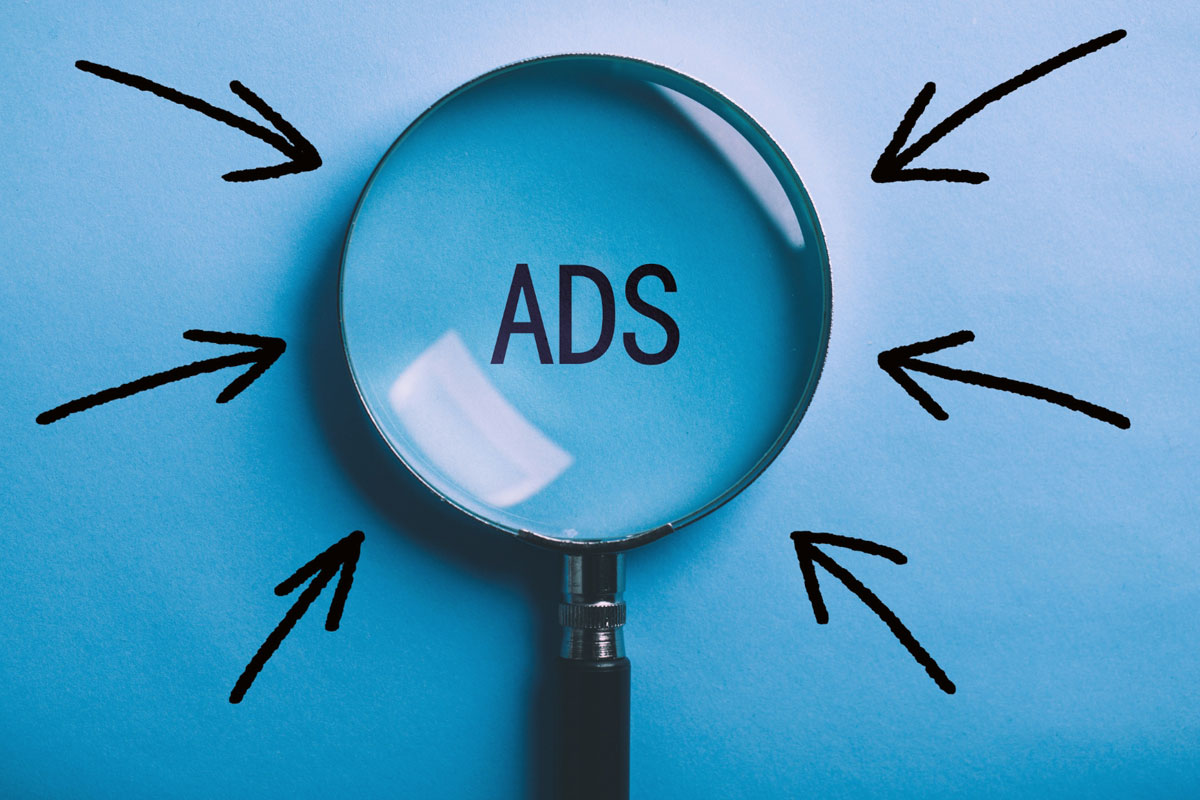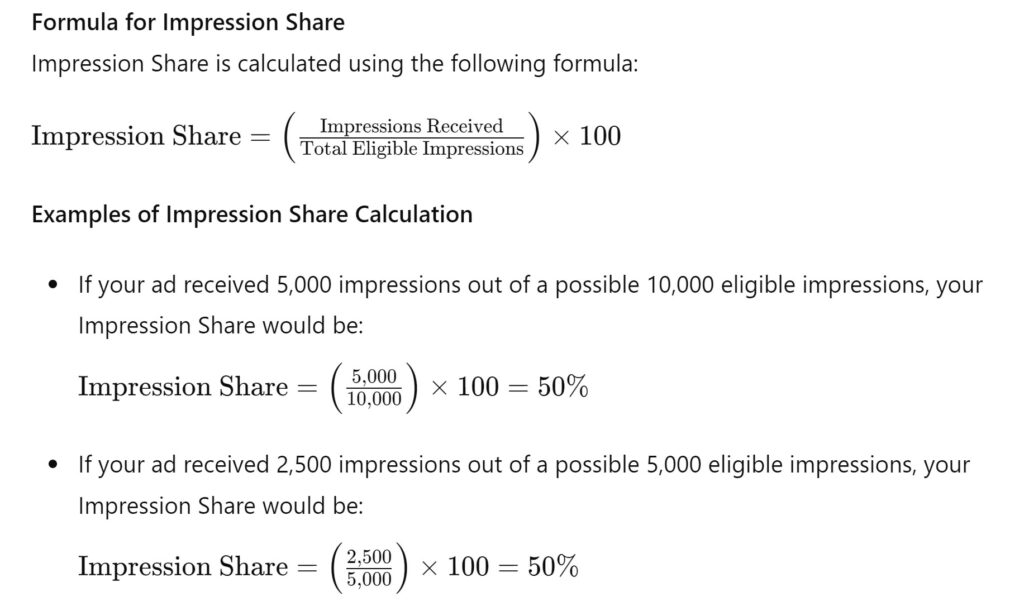
Impression Share is a crucial metric in paid search marketing that measures the visibility of your ads in the search results. In this article, we’ll explore the significance of Impression Share, how to calculate it, the factors that influence it, and strategies to improve it for better ad visibility.
Introduction to Impression Share
Definition and Significance Impression Share is the percentage of impressions your ads receive compared to the total number of impressions they could potentially get. It is calculated by dividing the number of impressions your ad received by the total eligible impressions and multiplying by 100. A higher Impression Share indicates better ad visibility and reach.
Why Impression Share Matters in Paid Search Marketing Impression Share is important because it provides insights into how often your ads are being shown compared to their potential. Monitoring and optimizing Impression Share can help you identify missed opportunities and ensure that your ads reach a larger portion of your target audience.
How to Calculate Impression Share
Formula for Impression Share Impression Share is calculated using the following formula:

Factors Affecting Impression Share
Budget Limitations Your budget can limit the number of impressions your ads receive. If your budget is too low, your ads may not be shown as frequently as they could be, reducing your Impression Share.
Ad Rank and Quality Ad Rank, determined by your bid amount, Quality Score, and expected impact of ad extensions, affects your ad’s position in the search results. Higher Ad Rank can lead to better visibility and a higher Impression Share.
Competition The level of competition for your targeted keywords can impact your Impression Share. High competition can make it more challenging to achieve a high Impression Share, especially if competitors have higher bids and better ad quality.
Ad Scheduling and Targeting The timing and targeting of your ads can also affect Impression Share. Ads scheduled to run during peak times or targeted to a specific audience may have different levels of visibility and reach.
Strategies to Improve Impression Share
Increasing Budget Allocation
- Allocate a larger budget to your campaigns to ensure that your ads can appear more frequently and reach a larger audience.
- Monitor your budget usage and adjust as needed to prevent missed opportunities.
Enhancing Ad Quality and Relevance
- Improve your ad copy, targeting, and landing page experience to increase your Quality Score and Ad Rank.
- Ensure that your ads are highly relevant to the keywords and search intent of your target audience.
Adjusting Ad Scheduling and Targeting
- Optimize your ad scheduling to run ads during times when your target audience is most active.
- Refine your targeting settings to reach the most relevant audience segments, ensuring better visibility and engagement.
Monitoring and Optimizing Bid Strategies
- Regularly monitor your bid strategies and adjust bids to improve Ad Rank and Impression Share.
- Use automated bidding strategies to optimize bids based on performance goals and maximize visibility.
Information Table on Impression Share Benchmarks by Industry
| Industry | Average Impression Share |
|---|---|
| Retail | 65% |
| Financial Services | 70% |
| Travel & Hospitality | 55% |
| Technology | 60% |
| Education | 50% |
| Healthcare | 55% |
| Real Estate | 45% |
| Legal | 50% |
| Automotive | 60% |
| E-commerce | 70% |
In the next article, we will dive into Ad Position and Average Position, discussing their significance, how to calculate Average Position, factors affecting ad position, and strategies to improve ad position for better campaign performance.

